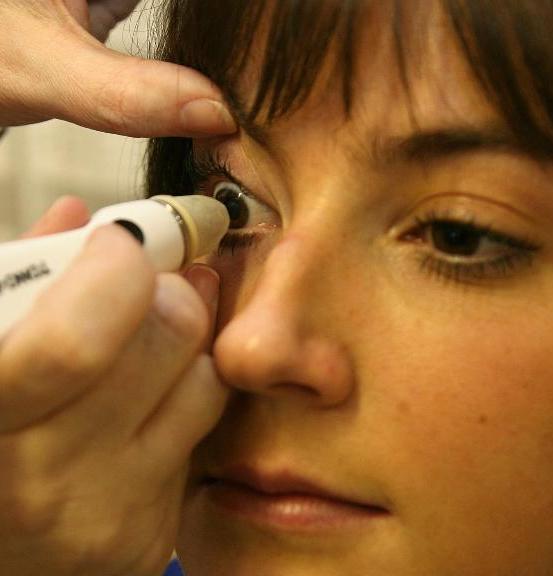Wearing contact lenses may alter the bacteria in your eyes
Contact lenses may increase the risk of eye infections by altering the make-up of bacteria living on the eyeball, research has shown. Researchers found the lenses appeared to transfer bugs from the skin to the eye, upsetting the bacterial ecosystem and triggering infections and inflammation. Lead scientist Dr Maria Gloria Dominguez-Bello, from NYU Langone Medical Centre in New York City, said: “Our research clearly shows that putting a foreign object, such as a contact lens, on the eye is not a neutral act.”
These findings should help scientists better understand the long-standing problem of why contact-lens wearers are more prone to eye infections than non-lens wearers.
Dr Maria Gloria Dominguez-Bello, from NYU Langone Medical Centre
The researchers took hundreds of swabs of various parts of the eyes of nine contact lens wearers and 11 participants who did not wear contact lenses. They found that in both groups the eye surface, or conjunctiva, harboured a more diverse range of bacteria than the skin directly beneath the eye. Three times the usual proportion of three types of bugs, Methylobacterium, Lactobacillus, Acinetobacter and Pseudomonas, were identified on the eyeballs of contact lens wearers. The conjunctival “microbiome”, or microbial ecosystem, of lens wearers turned out to be more like that of the skin than of the eye.
This study suggests that because the offending organisms seem to emanate from the skin, greater attention should be directed to eyelid and hand hygiene to decrease the incidence of this serious occurrence.
Co-investigator Professor Jack Dodick

Health